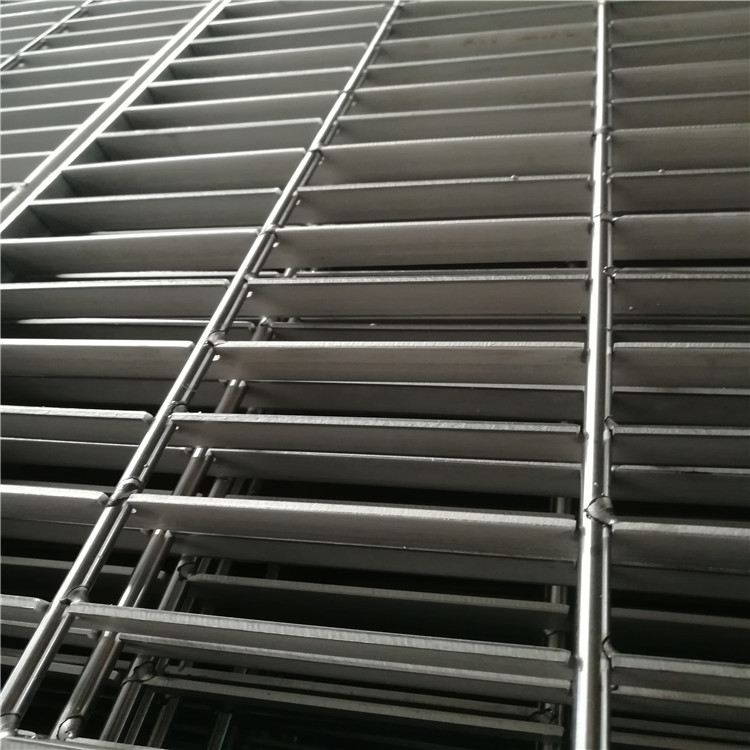Installing a Temporary Fence A Practical Guide
When planning an event or construction project, one of the key components to consider is the installation of a temporary fence. Whether it's for a community festival, a crowded outdoor party, or a construction site, a temporary fence provides safety, security, and boundary control. In this article, we will explore the reasons for installing a temporary fence, the types available, and a step-by-step guide on how to effectively install one.
Why Use a Temporary Fence?
Temporary fences serve multiple purposes. Firstly, they delineate a specific area, providing clear boundaries that can help manage crowd control or secure a construction zone. This is particularly important in environments where public safety is a priority, such as ongoing construction or large gatherings.
Secondly, they offer security by restricting access to certain areas. This keeps unauthorized individuals away from potentially hazardous sites, protecting both the public and the property. Additionally, temporary fencing can deter theft and vandalism, which is crucial for contractors who may leave valuable materials on-site overnight.
Lastly, temporary fences are often required for compliance with local regulations. Depending on the location and nature of the project or event, you may be legally obligated to erect a fence to protect the public and comply with local ordinances.
Types of Temporary Fences
There are several types of temporary fences available, each designed for specific applications
1. Chain Link Fences These are sturdy and durable, providing high visibility and security. Chain link is ideal for construction sites or events where a strong barrier is necessary.
2. Mesh Fencing This type is lightweight and easy to install, making it perfect for events that require a simple setup. It's also versatile and can be used for pet containment or crowd control.
3. Panel Fencing These are pre-assembled panels that can be quickly set up and taken down. Panel fencing is often used at festivals or events to create enclosures for ticketing or restricted areas.
installing a temporary fence

4. Snow Fencing Made from lightweight plastic, snow fencing is ideal for directing foot traffic and can be used in winter events or sports.
Steps to Install a Temporary Fence
1. Assess Your Needs Determine the purpose of the fence. Is it for security, crowd control, or to delineate an area? Knowing this will help you choose the right type of fencing material.
2. Measure the Area Take precise measurements of the area where the fence will be erected. Mark out corners and key locations to ensure accurate placement.
3. Gather Materials Depending on the type of fence chosen, gather all necessary materials. For chain link fencing, you may need additional tools such as stakes, wire ties, and tension bars. For panel fencing, panels and feet might be enough.
4. Set Up Posts or Panels Begin at one corner of your designated area. If you're using chain link fencing, install the posts first, ensuring they are evenly spaced and secure. For panel fencing, simply connect each panel with feet as you progress.
5. Secure the Fence Ensure that the fence is secure and stable. For chain link, this might mean securing it with tension bands or ties. For panel fencing, ensure that each panel is adequately anchored to prevent tipping or movement.
6. Add Finishing Touches Check for any loose parts and ensure that gates (if installed) operate properly. You may also want to add signage indicating restricted areas or safety precautions.
7. Regular Maintenance Throughout the duration of your project or event, conduct regular checks on the integrity of the fence. Look for any signs of wear or damage and rectify issues immediately.
Conclusion
Installing a temporary fence is a straightforward process that contributes significantly to safety, security, and organization. By assessing your needs, choosing the right type of fencing, and following a systematic installation process, you can create a controlled environment that meets your project requirements. Whether for construction, events, or general public safety, a temporary fence is an investment that pays off in peace of mind and security.
-
Why Galvanized Trench Cover Steel Grating Resists Corrosion
NewsJul.10,2025
-
The Versatility and Strength of Stainless Expanded Metal Mesh
NewsJul.10,2025
-
Load Calculations in Steel Grating Platforms
NewsJul.10,2025
-
Keeping Pets and Kids Safe with Chicken Wire Deck Railing
NewsJul.10,2025
-
Hole Diameter and Pitch for Round Perforated Metal Sheets
NewsJul.10,2025
-
Aluminium Diamond Mesh in Modern Architecture
NewsJul.10,2025
Subscribe now!
Stay up to date with the latest on Fry Steeland industry news.

